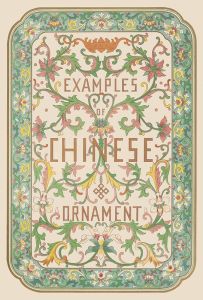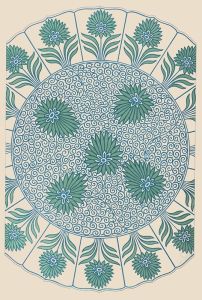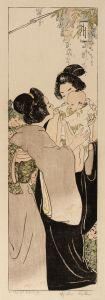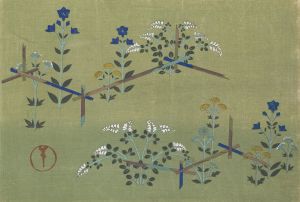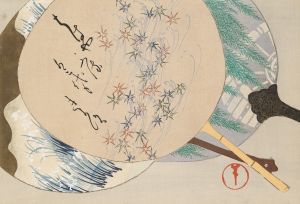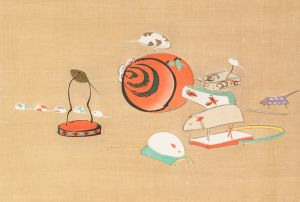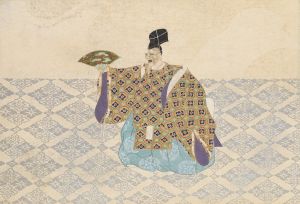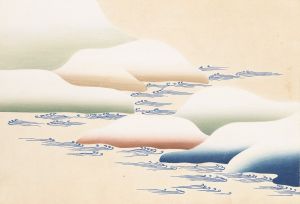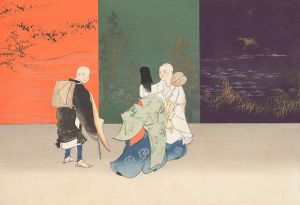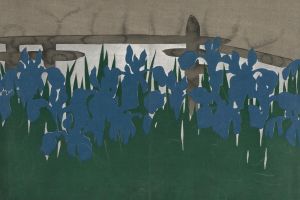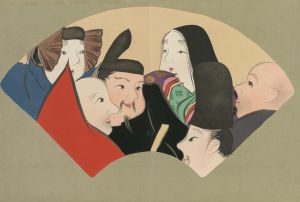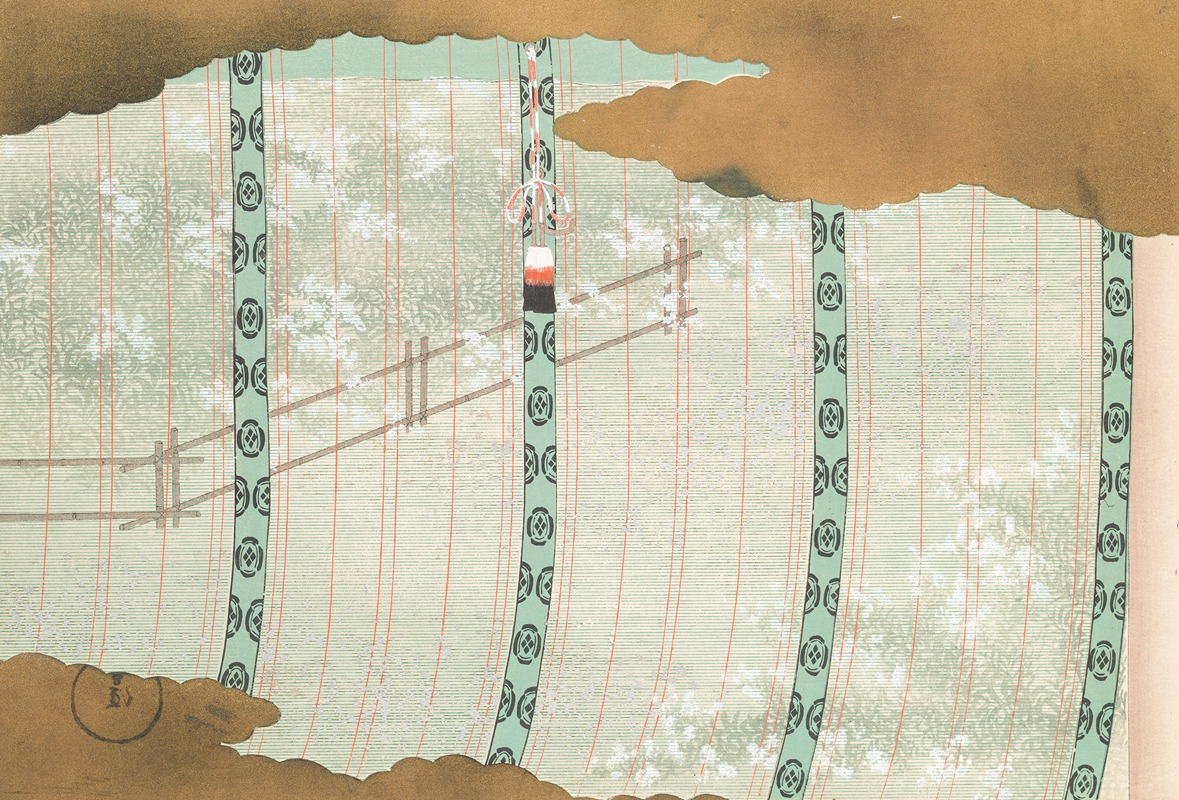
A Thousand Grasses Pl.07
A hand-painted replica of Kamisaka Sekka’s masterpiece A Thousand Grasses Pl.07, meticulously crafted by professional artists to capture the true essence of the original. Each piece is created with museum-quality canvas and rare mineral pigments, carefully painted by experienced artists with delicate brushstrokes and rich, layered colors to perfectly recreate the texture of the original artwork. Unlike machine-printed reproductions, this hand-painted version brings the painting to life, infused with the artist’s emotions and skill in every stroke. Whether for personal collection or home decoration, it instantly elevates the artistic atmosphere of any space.
Kamisaka Sekka (1866–1942) was a prominent Japanese artist and designer, known for his contributions to the Rinpa school of painting. His work is celebrated for its innovative blend of traditional Japanese aesthetics with modern influences, which played a significant role in the development of modern Japanese art and design. One of his notable works is "A Thousand Grasses," a series that exemplifies his unique style and artistic philosophy.
"A Thousand Grasses Pl.07" is part of this series, which is often recognized for its intricate designs and the use of vibrant colors. Sekka's work in this series reflects his mastery of the Rinpa style, characterized by its use of bold colors, decorative patterns, and a strong emphasis on nature. The Rinpa school, which originated in the early 17th century, is known for its revival of classical Japanese themes and techniques, and Sekka's work is a continuation of this tradition with a modern twist.
In "A Thousand Grasses," Sekka employs a combination of traditional Japanese motifs with a modern sensibility. The series is noted for its depiction of various grasses and plants, rendered in a stylized manner that highlights their natural beauty while also emphasizing decorative elements. This approach is typical of Sekka's work, which often blurs the line between fine art and design.
Sekka's influence extends beyond painting; he was also involved in various forms of design, including textiles, ceramics, and lacquerware. His work in these areas further demonstrates his ability to merge traditional Japanese art with contemporary design principles. This versatility is evident in "A Thousand Grasses," where the attention to detail and the harmonious composition reflect his background in both painting and design.
The series was created during a time when Japan was undergoing significant cultural and social changes, as it opened up to Western influences during the Meiji period. Sekka's work is often seen as a response to these changes, as he sought to preserve traditional Japanese art forms while also embracing new ideas and techniques. This duality is a defining characteristic of his work and is evident in "A Thousand Grasses."
Sekka's legacy is significant in the context of Japanese art history. He is credited with revitalizing the Rinpa school and influencing subsequent generations of artists and designers. His work continues to be celebrated for its beauty, innovation, and its ability to bridge the gap between traditional and modern art.
While specific details about "A Thousand Grasses Pl.07" may be limited, the series as a whole is an important part of Sekka's oeuvre and offers insight into his artistic vision and the broader cultural context of his time. Through his work, Sekka has left a lasting impact on the world of art and design, both in Japan and internationally.





